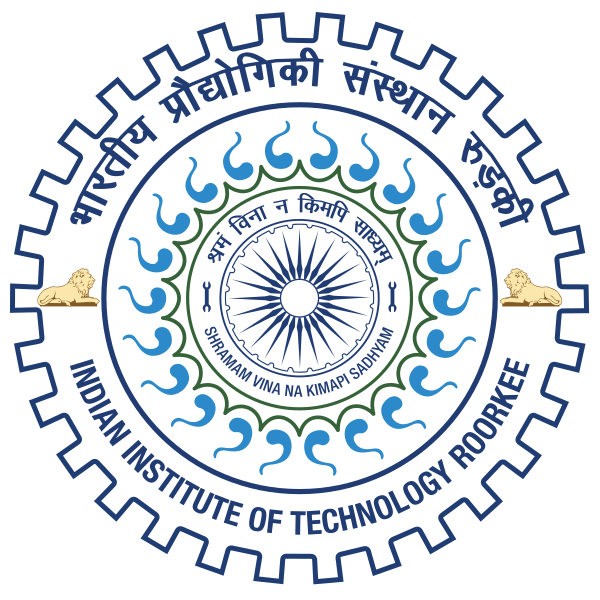Please use this identifier to cite or link to this item:
http://localhost:8081/jspui/handle/123456789/12192| Title: | MODERN ANALYSIS OF POWER SYSTEM STABILITY |
| Authors: | Chaudhary, M. C. |
| Keywords: | ELECTRICAL ENGINEERING;MODERN ANALYSIS POWER SYSTEM;POWER SYSTEM STABILITY;TRANSMISSION LINES |
| Issue Date: | 1969 |
| Abstract: | The problem of power system stability is not new to the engineers. However the subject became of more importance as the power systems grew more complex with several generating stations interconnected together with long transmission lines. This has led to the continuous investigation of the subject and several authors have contributed towards the study of power system stability and methods to solve the problem. Different methods have been used by different authors to the stability study of the power system. Though in practice single machine. systems i.e. a machine connected to an infinite bus bar$ is rarely encountered but for analysis purposes most of the workers have considered the single machine system for the investigation of the problem. This reduces the problem to a simple one for the analysis purposes and resembles closely with the case of a small machine connected to a large system by a long transmission line In this thesis the different methods employed by different authors for analysing a , one machine system has been reviewed, with their relative merits and demerits. The first chapter is devoted to the components of the power system Ariz, synchronous generator, voltage regulator and the prime mover governer. As it is difficult to represent any physical system completely by a mathematical model, for the reason that to some extent all physical systems are non-» linear also, it involves a huge amount of mathematical V work if all possible non.-linearities are included. Hence always some approximations are made so as to reduce the mathematics involved and that the different equations, algebraic as well as differential are in manageable form. Different workers have used representations of these components suiting their requirements. The mathematical representation of generator as well as its control equipments$ which come across frequently in the literature has been dealt in this chapter. |
| URI: | http://hdl.handle.net/123456789/12192 |
| Other Identifiers: | M.Tech |
| Research Supervisor/ Guide: | Mukhopadhyaya, P. Dave, M. P. |
| metadata.dc.type: | M.Tech Dessertation |
| Appears in Collections: | MASTERS' THESES (Electrical Engg) |
Files in This Item:
| File | Description | Size | Format | |
|---|---|---|---|---|
| EED105560.pdf | 5.46 MB | Adobe PDF | View/Open |
Items in DSpace are protected by copyright, with all rights reserved, unless otherwise indicated.

